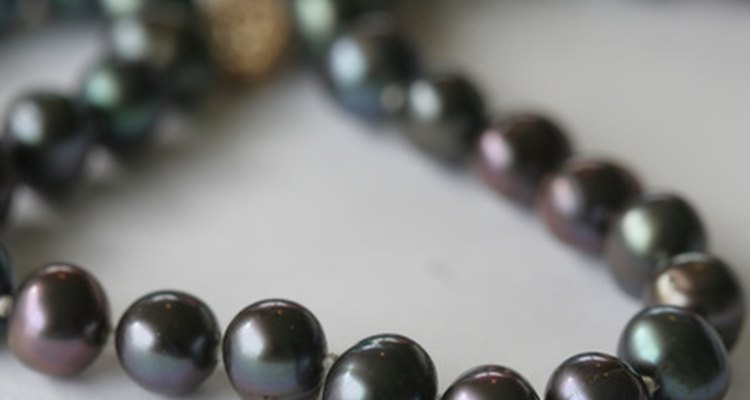
A pendant enhancer can help make an old necklace look new or just add some sparkle to an existing chain or strand of beads or pearls. Available in many different styles to fit all tastes, pendant enhancers will allow you to get more different looks out of the items in your jewelry box.
Function
Pendant enhancers are used to attach pendants to beaded or wide necklaces for which a traditional bail (the pendant's loop) is too small to fit.
Metal Type
Pendant enhancers are made out of many different types of metals. However, precious metals such as gold, white gold and silver are most commonly used for creating pendant enhancers.
Style
Pendant enhancers range in style from minimalistic designs to elaborate ones featuring diamonds and other precious stones. Some are created to allow wearers to use existing pendants on beaded strands, such as pearls, while other designs incorporate the pendant and enhancer into one piece.
Types
Pendant enhancers generally fall into two categories: pendants designed with an extra-wide bail or a U-shaped piece of metal used to attach a regular pendant to a beaded or wide necklace. The former has a wide opening, or bail, that can accommodate larger sizes of chains than traditional pendants. The latter attaches a separate drop or pendant to the necklace or chain by hooked ends, allowing the pendant to hang naturally.
How to Use
Designs featuring a wide, closed bail are easily threaded onto a chain and are ready to wear. Those with a split bail should be carefully opened with fingers or jewelry pliers and slipped onto the necklace. Use fingers or pliers to close gently so the bail won't slip off accidentally. Loose pendant enhancers used for existing pendants need to be threaded through the pendant's bail. The ends should be adjusted so the pendant hangs properly and the hooked ends slipped onto the chain and closed. If using on beaded necklaces, the ends should be placed on either side of the center bead.
Related Articles

How to Shorten Bracelet Chains
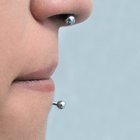
Types of Nose Rings

How to Make a Bolo Tie
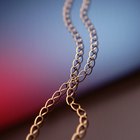
What Are the Different Types of Gold ...

How to Fix a Pulled Thread in a ...
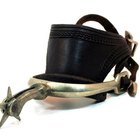
How to Make Cowboy Spurs

What Is a Slave Bracelet?

How to Remove Pierced Earrings From ...

How to Get Kinks Out of Gold Chains

How to Wear a Web Belt

How to Put in a Captive Bead Lip Ring
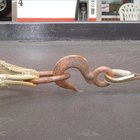
How to Make Metal Chain Belts
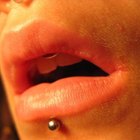
How to Take the Ball Off of a Lip Ring

How to Figure Out the Size of Your ...

How to Remove Studs & Rivets From Jeans

How to Extend a Toggle Clasp Bracelet

How to Tie the Cartier Charity Love ...

How to Repair a Bead Necklace

What Is Stainless Steel Jewelry?

What Is a Figaro Style Necklace?
References
Writer Bio
Christine Meyer has been writing professionally since 1995. Holding a Bachelor of Arts in music from Taylor University, a CELTA from the University of Cambridge ESOL, and a CBA in marketing from IBMEC Rio de Janeiro, Meyer has experience in a variety of fields. Her articles have been published in newspapers and on sites such as eHow.com.
Photo Credits
black pearl necklace close up image by Roslen Mack from Fotolia.com